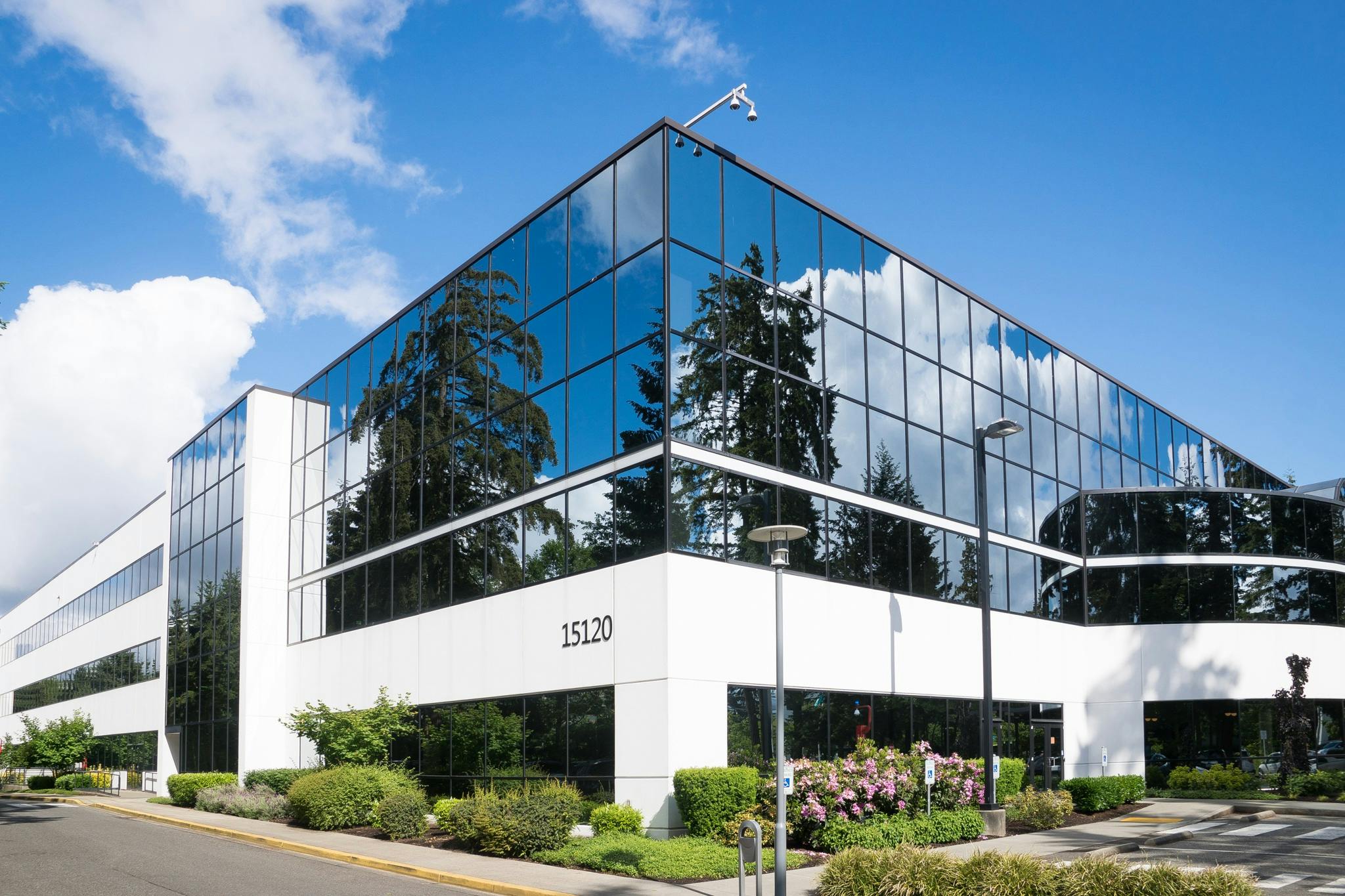In boardrooms across the Fortune 500, workplace decisions are shaping how millions of people collaborate, connect, and lead. The return to the office isn’t just about desks and schedules. It’s about performance, culture, and long-term strategy.
We reviewed the public statements of some of the world’s most influential CEOs. Their comments offer a rare look at how today’s most powerful executives are thinking about corporate real estate, hybrid policy, and the role of physical space in an increasingly digital world.
Here’s what they’re saying.
Drew Houston, CEO of Dropbox
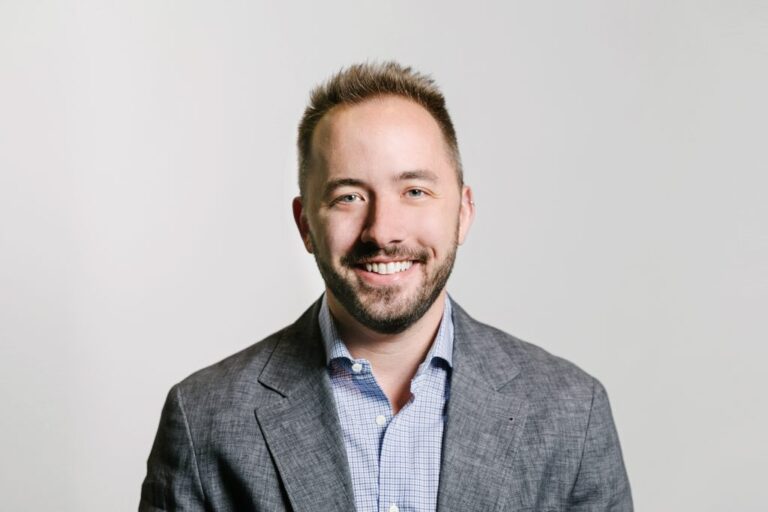
"Forcing people back to the office … is unproductive if you’re just recreating Zoom in an office."
Via San Francisco Chronicle
Speaking on Fortune’s podcast, Houston compared strict office mandates to “trying to force people back into malls and movie theaters.” He argued that presence must add value beyond remote meetings, citing Dropbox’s 90/10 “virtual first” model as a smarter alternative
Jamie Dimon, CEO of JPMorgan Chase
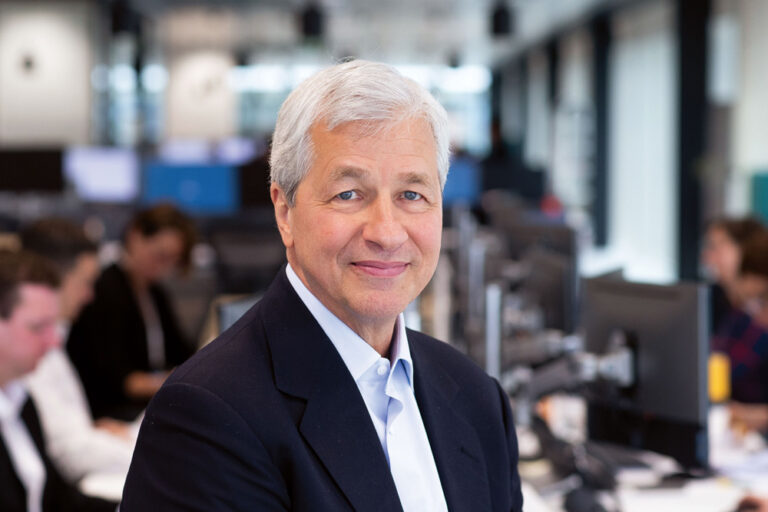
"It’s hard to manage people remotely. Much easier to have real honest conversations if I’m sitting in front of you."
Via People Matters
At a leadership summit and in a recent memo, Dimon underscored that in-person leadership promotes transparency and focus. He emphasized firing disruptive individuals to protect culture, and, when physically present, a leader’s full attention enhances trust and team cohesion.
Bob Iger, CEO of Disney
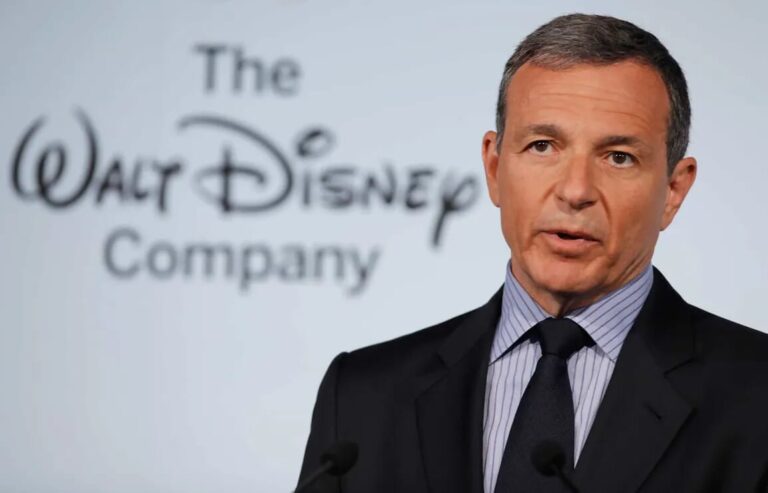
"In a creative business like ours, nothing can replace the ability to connect, observe, and create with peers that comes from being physically together."
Via Investopedia
Iger said Disney’s creative spirit is fueled by face-to-face moments, documenting them as irreplaceable for mentorship, innovation, and the intangible energy that drives storytelling.
Tim Cook, CEO of Apple
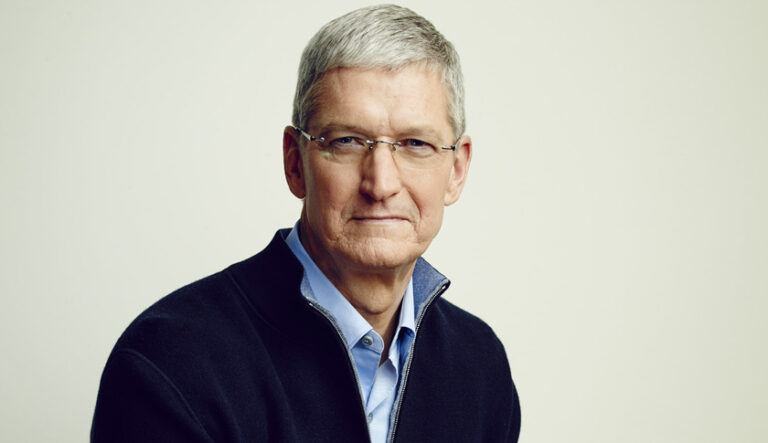
"I work at home because nobody’s in the office and it’s depressing when there’s nobody there."
Via MacRumors
Reflecting on a hybrid routine, Cook revealed he avoids coming to an empty office, showing even Apple’s CEO is affected by physical presence, not just functionality.
Mark Read, CEO of WPP

"We do our best work when we are together in person... it helps us win pitches as a truly integrated team."
Via PRWeek
Read’s mandate for four in-office days is rooted in client outcomes, not attendance. For WPP, creativity and integrated teamwork come alive when teams are side by side.
Brian Chesky, CEO of Airbnb
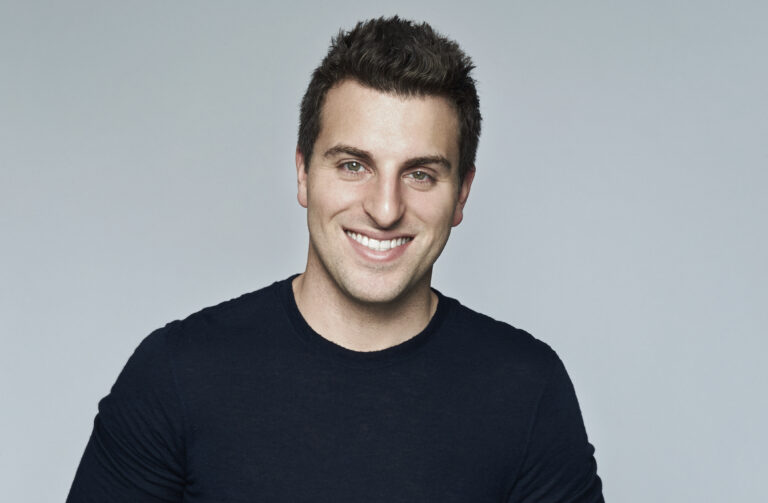
"I think that the office as we know it, is over."
Via TIME
Chesky abolished location-based pay in the U.S. and enabled employees to work from abroad for extended periods, signaling Airbnb’s redefinition of office norms.
John Santora, CEO of WeWork
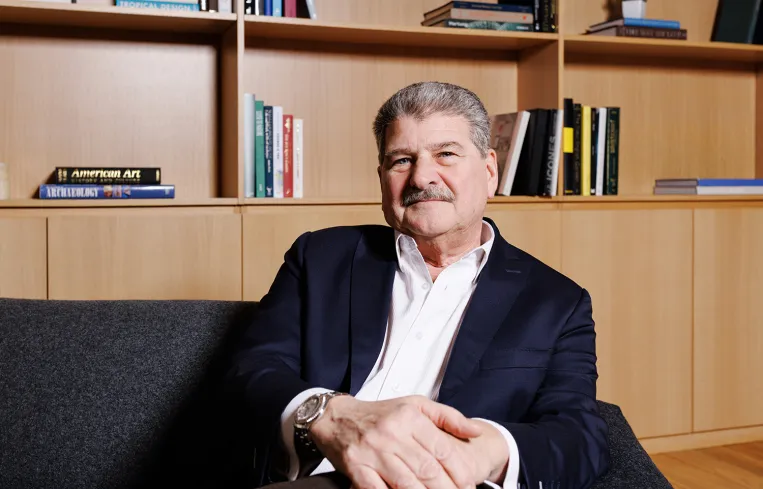
"You have to establish their need to be in the office because of the collaboration and collisions that happen there."
Via TIME
Santora supports hybrid flexibility, but says offices must offer intangible benefits. He promotes unplanned interactions “collisions” as a key organizational asset.
Michael Dell, CEO of Dell Technologies
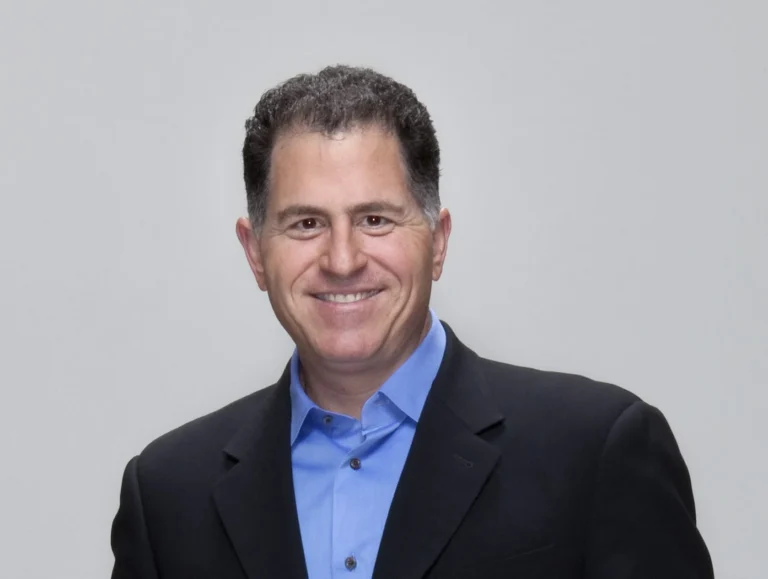
"Nothing is faster than the speed of human interaction."
Via Fortune
To Dell, even cutting-edge remote tech can’t match spontaneous, high-bandwidth engagement. That speed drives innovation and decision-making in his global organization.
Eric Yuan, CEO of Zoom

"There’s no way to balance. Work is life, life is work."
Via PWS
Yuan acknowledges that professional and personal lives overlap. His statement reframes balance, not as separation, but as integration shaped by trust and priority.
Bill Winters, CEO of Standard Chartered

"Flexible working and in-person collaboration are complementary, not mutually exclusive."
Via Fortune
Winters formalized a hybrid policy but kept in-office moments essential. He defines collaboration and flexibility as two sides of a performance-driven workplace model.
Putting Leadership Principles into Action with Avuity
These CEOs offer signals for organizations recalibrating their workplace strategy. What we’re seeing is a shift away from symbolic mandates and toward spaces that serve a clear business purpose. Leadership isn’t about monitoring; it’s about creating environments where people thrive. True efficiency doesn’t come from replicating meetings on screens, it comes from deliberate, in-person engagement. Creativity still relies on spontaneous moments, hallway conversations, and the kind of collaboration that doesn’t happen on scheduled calls.
At AVUITY, we believe your workplace strategy shouldn’t be retrofitted from old templates. It should be built on real data, aligned with your culture, and designed to meet the evolving needs of your people. The most effective spaces are the ones that reflect how work actually happens, not where it's supposed to happen.
To move forward, companies should consider how their space strategy aligns with real behavioral data. Case studies from hybrid pilot programs, culture initiatives, and sensor-based occupancy insights can surface patterns that lead to smarter decisions. AVUITY is here not just to measure space, but to help organizations turn that insight into a competitive advantage.

